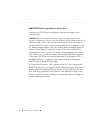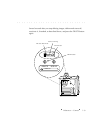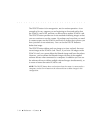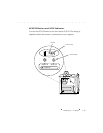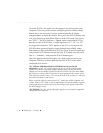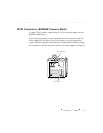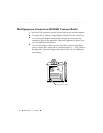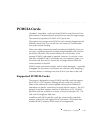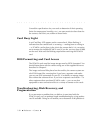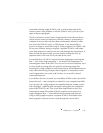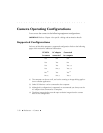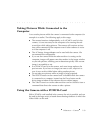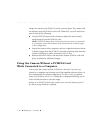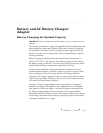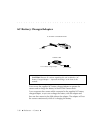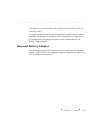
. . . . . . . . . . . . . . . . . . . . . . . . . . . . .
7-20 Reference — Camera
Consult the specifications for your cards to determine if their operating
limits (for temperature, humidity, etc.), are more restrictive than those for
the camera, and if they are, adhere to those limits.
Card Busy Light
A red Card Busy LED appears on the camera back. When flashing, it
indicates that the camera back is accessing — reading from or writing to
— a PCMCIA card in place in the slot in the camera back; it is a warning
not to remove the installed PCMCIA card. If you do, you may lose all data
on the card. Wait until the blinking stops before removing the PCMCIA
card.
DOS Formatting and Card Access
The PCMCIA cards used for image storage must be (DOS) formatted. You
should format them with the camera using one of the supplied drivers as
described in Chapter 4.
The image and sound files placed on the cards by the camera system are
also DOS format files, meaning that if you have a separate card reader
you can use DOS commands on your PC, if available, to manage image
files without the software driver. If you have a separate card reader — or
other equipment that uses these PCMCIA cards — you can use that
equipment to store and retrieve files in a variety of formats on the cards.
Troubleshooting, Disk Recovery, and
Fragmentation
If you encounter a problem that you believe is associated with the
PCMCIA card, you can perform simple troubleshooting by trying another
card if available. Doing so will enable you to determine if the problem is



